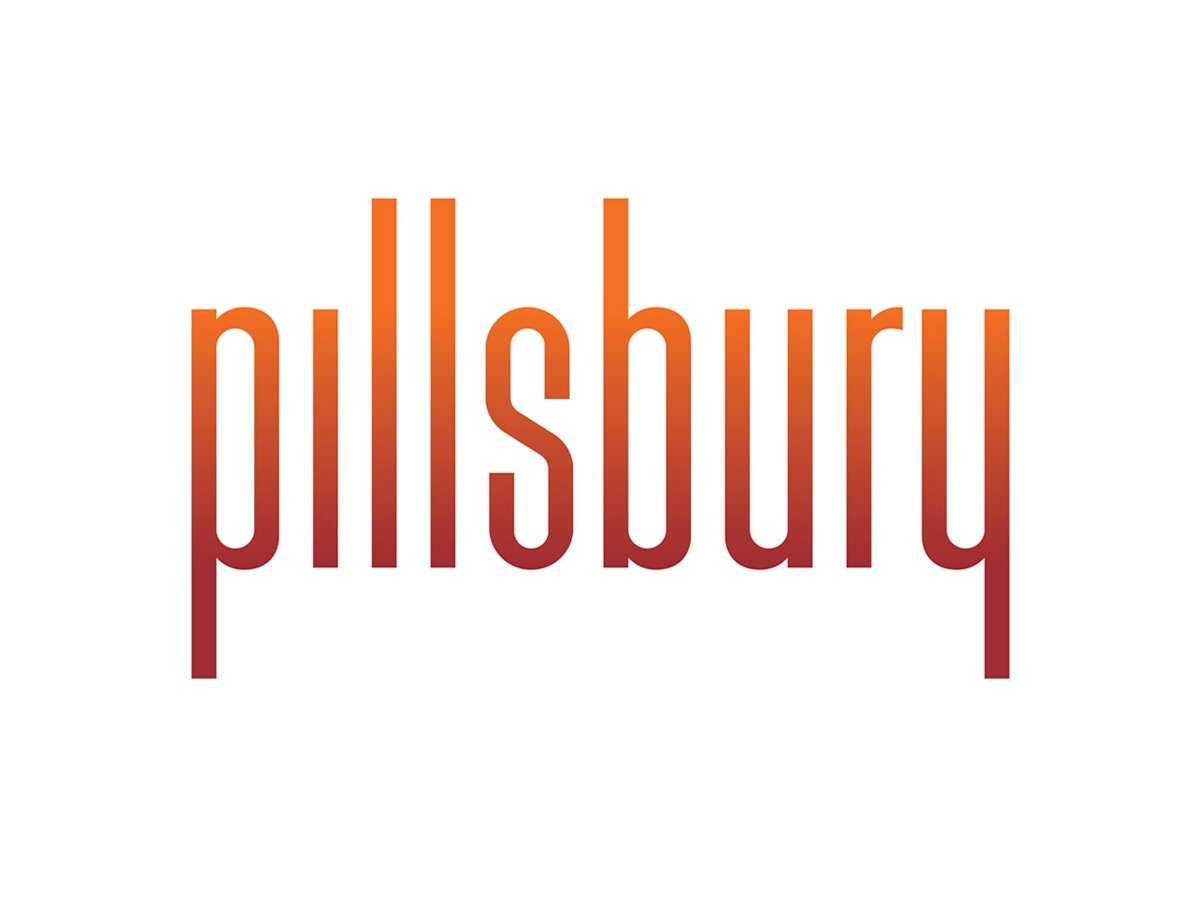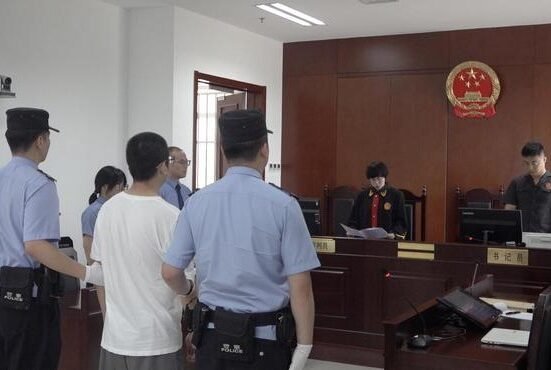In a highly watched copyright case, a federal district court has ruled that an AI company’s unauthorized copying and use of original case annotations and editorial content from a leading legal research platform to train and develop a competing legal research tool runs afoul of U.S. copyright law. The case, Thomson Reuters Enterprise Centre GmbH v. Ross Intelligence Inc., is the first among a growing number of lawsuits brought against tech companies over the past few years to reach a substantive decision ruling on the application of the fair use doctrine to the use of copyrighted works in developing artificial intelligence (AI) models and tools. While the case continues to trial on other questions, the opinion marks a significant new development for the legal landscape between AI technology and copyright law that is bound to influence other pending and future AI-related copyright litigations moving forward.
In 2020, Thomson Reuters, which owns and operates the legal research platform Westlaw, sued Ross Intelligence in a federal district court in Delaware for copyright infringement over Ross’s unauthorized reproduction and use of original editorial content and case annotations on Westlaw, particularly its headnotes—summaries of legal points crafted by attorney editors—to train and develop a competing AI-powered legal research tool.
Ross, a now-defunct startup that specialized in AI-driven legal research, aimed to create a platform that allowed users to input legal questions in natural language and receive relevant excerpts from judicial opinions. At first, Ross sought to license Westlaw’s content to train its AI model. When Thomson Reuters declined, however, Ross engaged a third-party legal research company, LegalEase Solutions, to produce approximately 25,000 so-called “Bulk Memos,” i.e., compilations of legal questions and answers, which were created utilizing Westlaw’s headnotes and key number system. In many cases, the Bulk Memos created for Ross contained language similar to the Westlaw headnotes that they were trained on.
In the lawsuit, Thomson Reuters asserted that Ross’s use of Westlaw headnotes through the Bulk Memos created by LegalEase constituted copyright infringement by ingesting and reproducing original, copyright-protected material without permission. Ross countered with a fair use defense, arguing that its use of the Westlaw content to train its AI model was transformative and that any copying was a permissible “intermediate step,” serving solely to enable the development of a novel legal research tool.
Fair use, a murky legal doctrine that allows the right to use copyright-protected works under certain circumstances without the owner’s permission, has been a key defense for tech companies in defending their practices of scraping and using vast amounts of online data and content to train AI models and develop AI-driven software tools for a wide array of uses. Such practices have become the subject of numerous lawsuits filed against many of the major tech players in the AI space in recent years, with many being brought by authors, publishers, musicians, record labels, artists, comedians and other creatives objecting to the use of their works in this manner without permission.
On February 11, 2025, Judge Stephanos Bibas of the Third Circuit, sitting by designation in the U.S. District Court for the District of Delaware, issued a memorandum opinion ruling in part on Thomson Reuters’ motion for summary judgment on its copyright infringement claims and against Ross’s fair use defense—reversing course after previously holding that the issues should be left to a jury at trial rather than being decided on summary judgment. Thomson Reuters Enter. Ctr. GmbH v. Ross Intel. Inc., No. 20-0613 (D. Del. Feb. 11, 2025). Judge Bibas’ change of mind came after determining that there were no genuine disputes on several key questions, such as the originality of the Westlaw headnotes and Ross’s actual copying.
In partially granting summary judgment for Thomson Reuters on the issues of copyright infringement and fair use, the judge found that the Westlaw headnotes contained sufficient originality and creativity to be protected by copyright and that Ross’s engagement of a third party to scrape the content from Westlaw without permission gave rise to direct copyright infringement in violation of Thomson Reuters’ exclusive rights. On the question of whether Westlaw headnotes were entitled to copyright protection, noting that the originality threshold is “extremely low” and requires only some minimal degree of creativity, the judge found that distilling a judicial opinion into a case annotation satisfied the standard for the headnotes to be protected, at least in many cases. As for the requirements for establishing copyright infringement, in comparing thousands of the Bulk Memos with the corresponding Westlaw headnotes and judicial opinions, the judge found strong circumstantial evidence of actual copying of thousands of headnotes by Ross and substantial similarity in the derived Bulk Memos by closely tracking the language of the headnotes.
The Court further concluded that Ross’s use of the Westlaw headnotes did not qualify as fair use. In rejecting Ross’s fair use defense, the judge emphasized two of the fair use factors as being particularly important in favoring Thomson Reuters—namely, the purpose of Ross’s use of the Westlaw headnotes in developing a competing legal research tool and its harm to the market for Westlaw’s original content.
On the first fair use factor, the judge determined that Ross’s commercial use of the headnotes was not transformative because it did not have a further purpose or different character from Westlaw; to the contrary, Ross used the headnotes specifically to develop a legal research tool that would compete with Westlaw. On the fourth factor, the Court focused on the fact that Ross intended to compete with Westlaw by developing a market substitute and that Ross could negatively impair a potential derivative market for licensing data for AI training purposes. The Court further rejected Ross’s argument that its use of the headnotes furthered a public interest in accessing the law. While acknowledging that the other two fair use factors favored Ross slightly, on balance, the Court determined that those favoring Thomson Reuters weighed more heavily, thereby granting summary judgment for Thomson Reuters against Ross’s fair use defense.
In sum, the judge partially granted summary judgment on Thomson Reuters’ direct copyright infringement claims over more than 2,000 headnotes at issue, while reserving the factual question of whether copyright protection has expired for any of them and whether thousands more headnotes were infringed for a jury to decide at an upcoming trial. It is also worth noting that, in recognizing that “the AI landscape is changing rapidly” and that the case is being closely watched as a bellwether for other AI-related copyright cases, the judge expressly called out that “only non-generative AI is before me today,” likely intended to avoid a sweeping interpretation of the ruling over other gen-AI cases.
Conclusion
This opinion is among the first and most substantive court rulings issued to date addressing the intersection of AI technology and copyright law, particularly on the issue of fair use, setting a precedent that could, and likely will, influence ongoing and future AI-related copyright cases moving forward. Notably, the opinion has already started to be leveraged as supplemental authority in other pending AI-related copyright cases, including in a suit brought in California by music publishers against Anthropic over its use of song lyrics to train its Claude AI model.
The Court’s findings in this case highlight the importance for AI-based companies to carefully consider the potential legal risks from extensive use of online data and content for training their models, particularly when developing products that could compete with the original sources.
[View source.]







